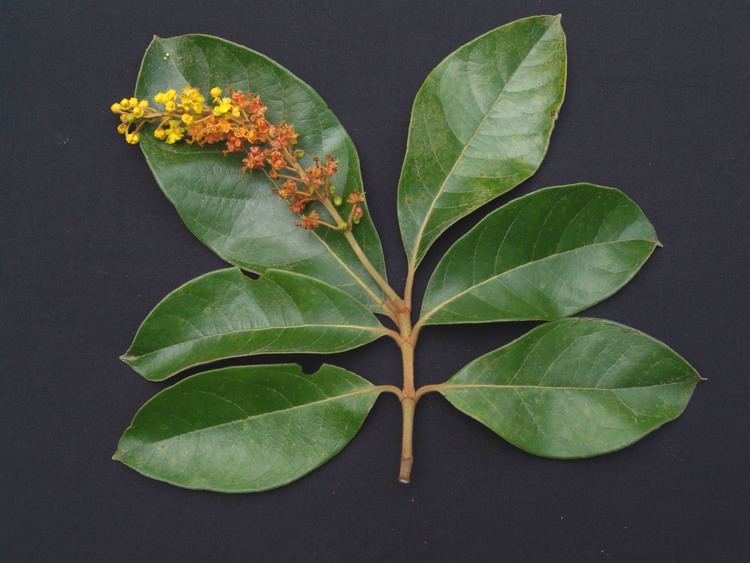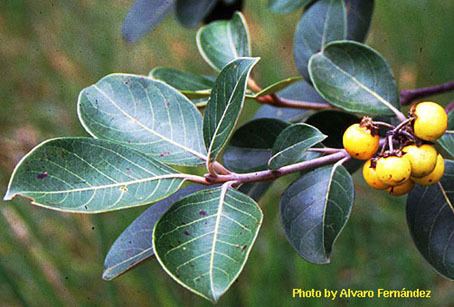Rank Species | Genus Byrsonima Higher classification Byrsonima | |
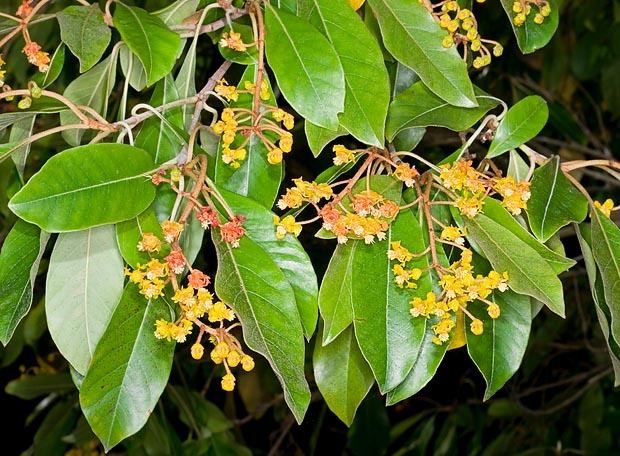 | ||
Similar Water, Sapote, Mamey Sapote, Sapodilla, Star Apple | ||
Byrsonima crassifolia is a species of flowering plant in the acerola family, Malpighiaceae, that is native to tropical America. It is valued for its small, sweet, yellow fruit, which are strongly scented. The fruits have a very pungent and distinct flavor and smell. The taste is not comparable to any other fruit. Common names include changunga, muruçi, nanche, nance, chacunga, craboo, kraabu, savanna serrette (or savanna serret) and golden spoon.
Contents
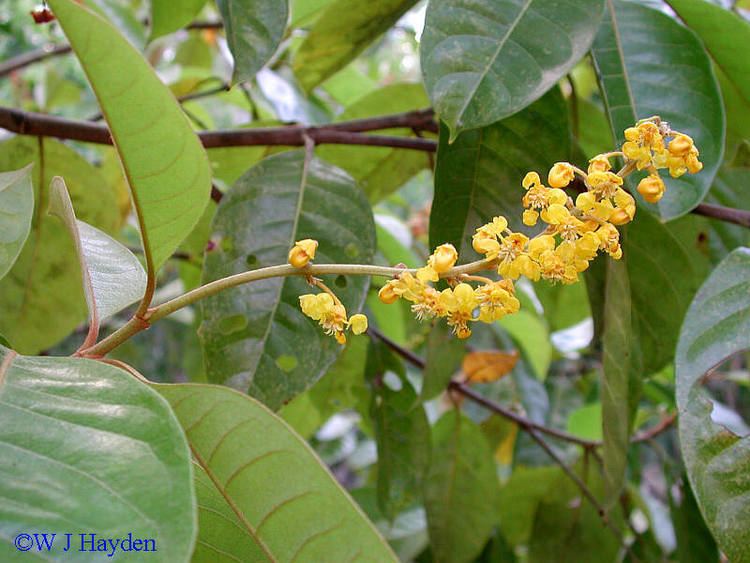
Description and habitat

Byrsonima crassifolia is a slow-growing large shrub or tree to 33 ft (10 m). Sometimes cultivated for its edible fruits, the tree is native and abundant in the wild, sometimes in extensive stands, in open pine forests and grassy savannas, from central Mexico, through Central America, to Colombia, Peru, Bolivia and Brazil; it also occurs in Trinidad, Barbados, Curaçao, St. Martin, Dominica, Guadeloupe, Puerto Rico, Haiti, the Dominican Republic and throughout Cuba and the Isle of Pines. The nance is limited to tropical and subtropical climates. In Central and South America, the tree ranges from sea-level to an altitude of 6,000 ft (1,800 m). It is highly drought-tolerant.
Example ecoregions of occurrence
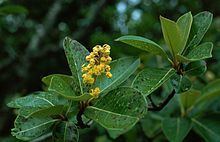
Found in a number of tropical and subtropical ecoregions of the Americas that feature conifers, an example ecoregion of occurrence for B. crassifolia is the Belizean pine forests.
Uses
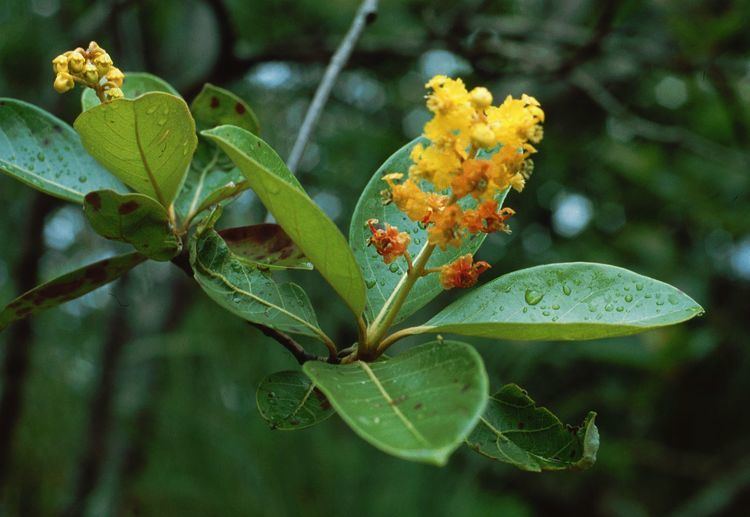
The fruits are eaten raw or cooked as dessert. In rural Panama, the dessert prepared with the addition of sugar and flour, known as pesada de nance, is quite popular. The fruits are also made into dulce de nance, a candy prepared with the fruit cooked in sugar and water. In Nicaragua (where the fruit is called nancite), it is a popular ingredient for several desserts, including raspados (mixed with ice).
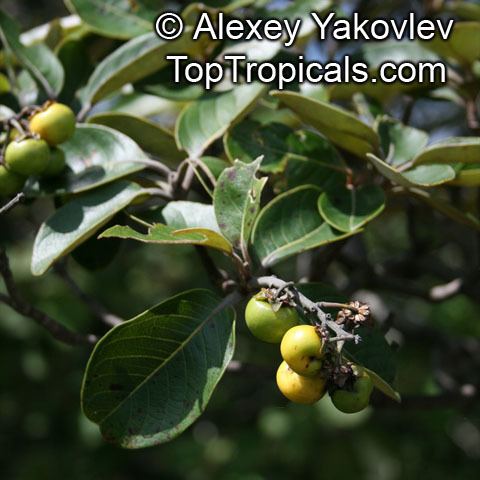
The fruits are also often used to prepare carbonated beverages, ice cream and juice, in Brazil, flavor mezcal-based liqueurs, or make an oily, acidic, fermented beverage known as chicha, the standard term applied to assorted beer-like drinks made of fruits or maize. Nance is used to distill a rum-like liquor called crema de nance in Costa Rica. Mexico produces a licor de nanche.
